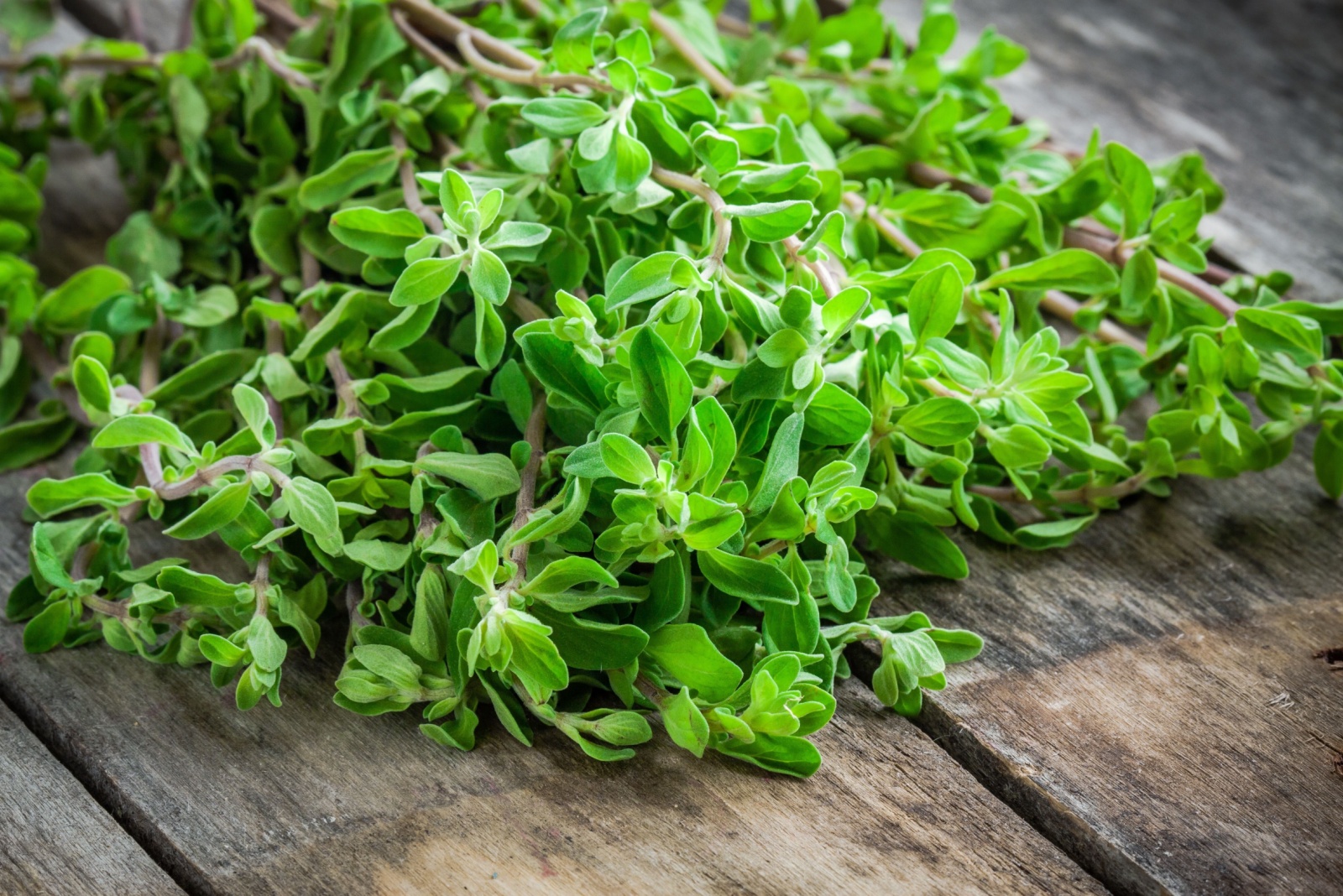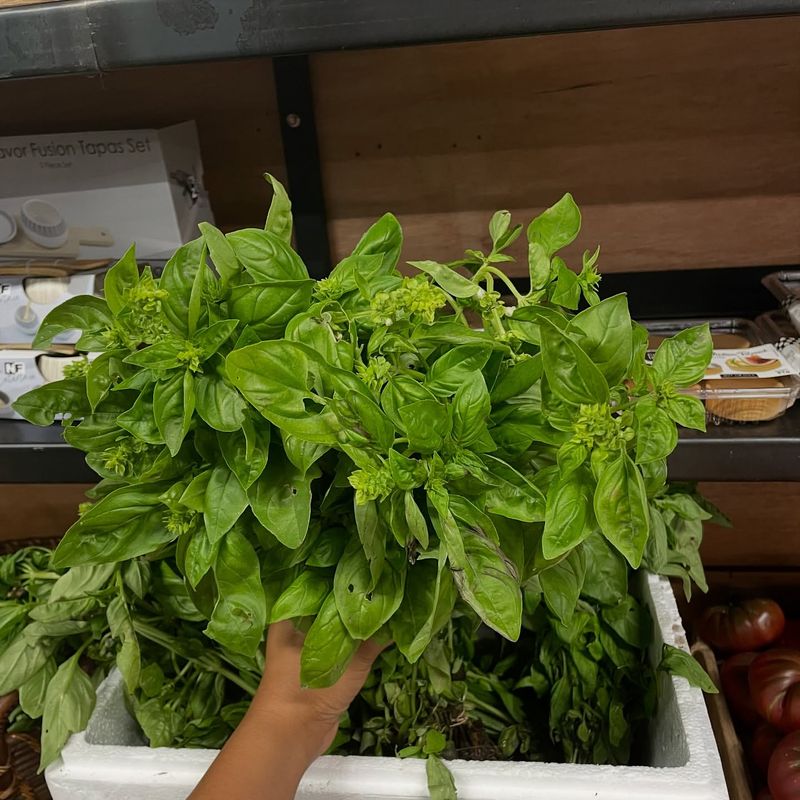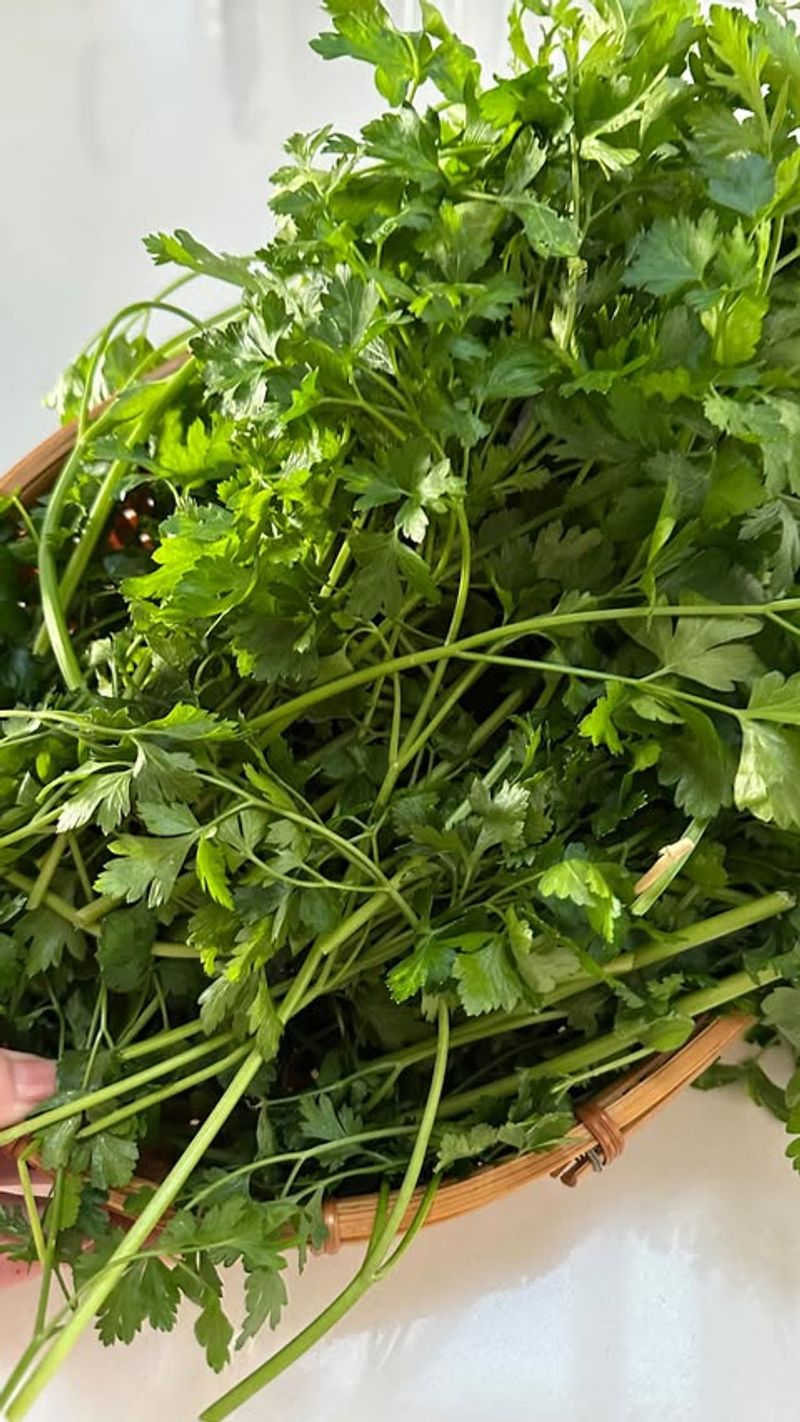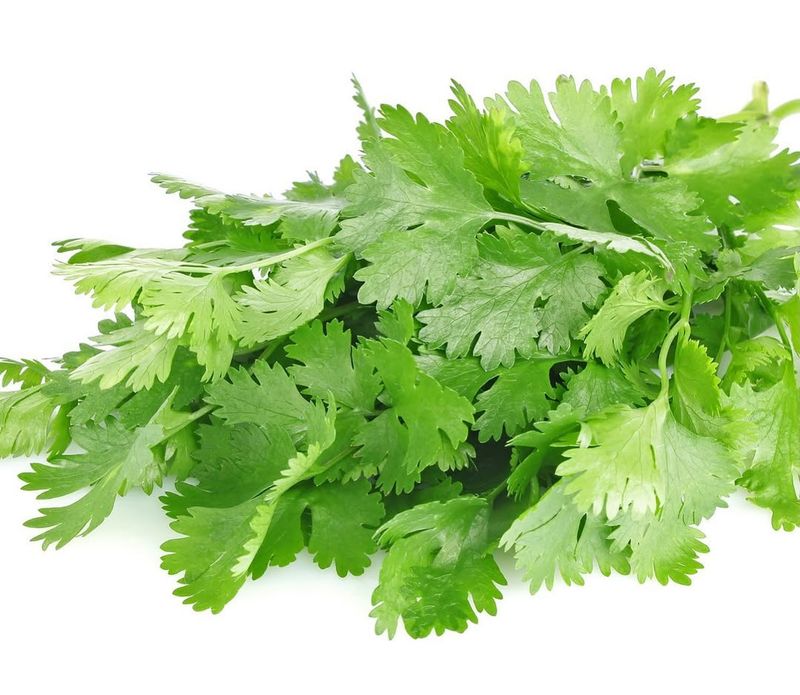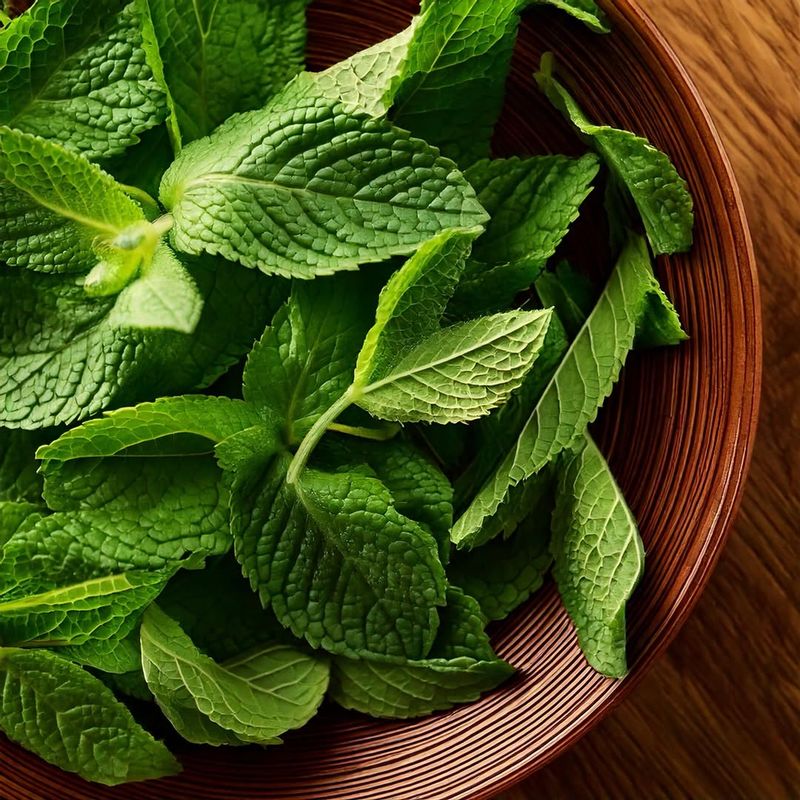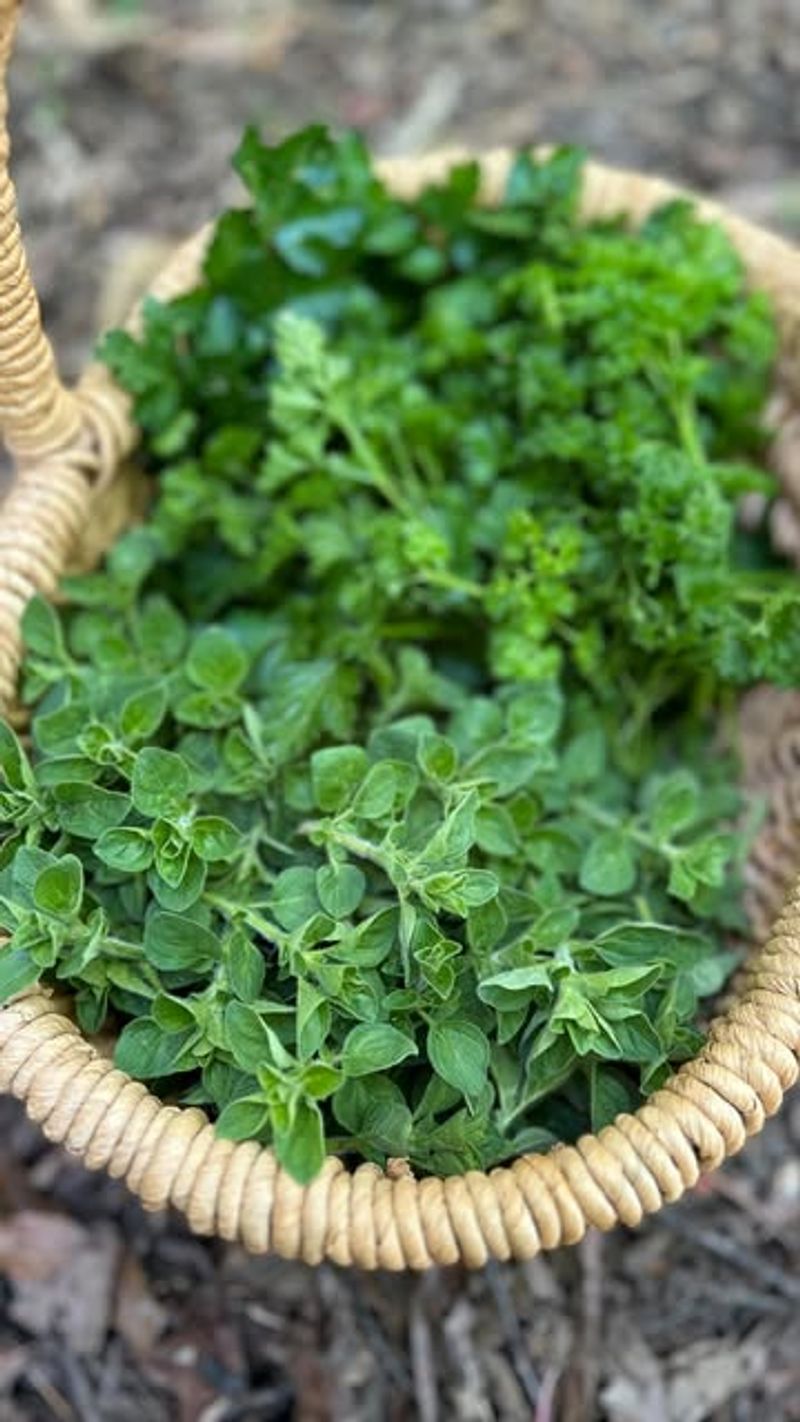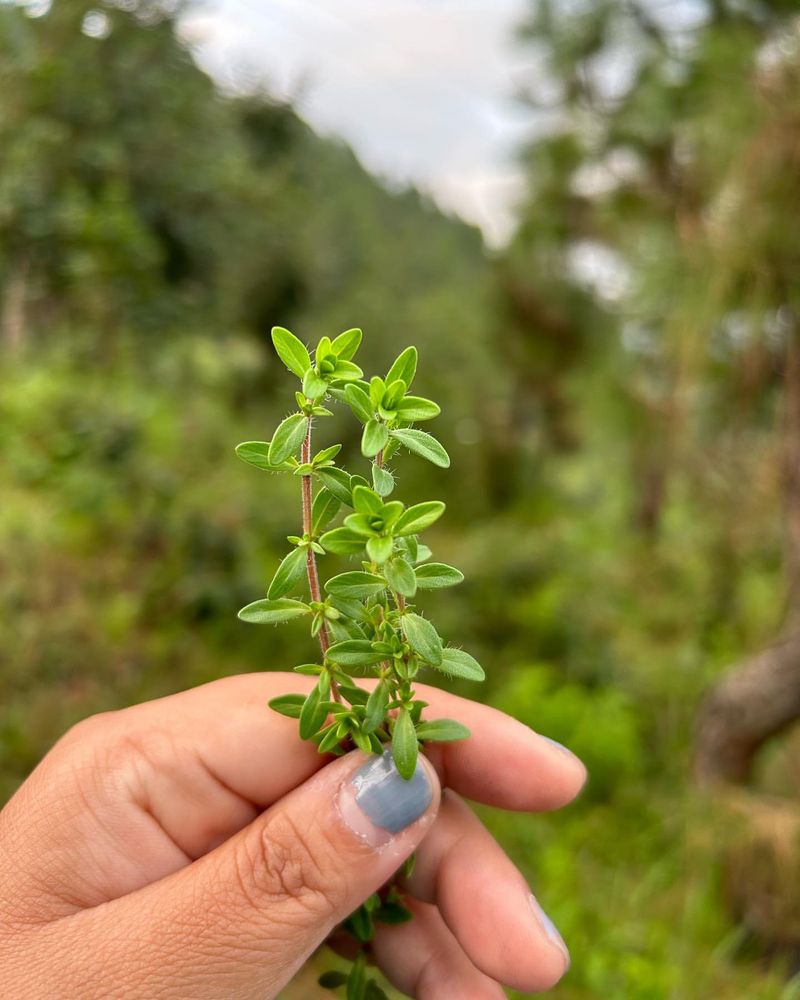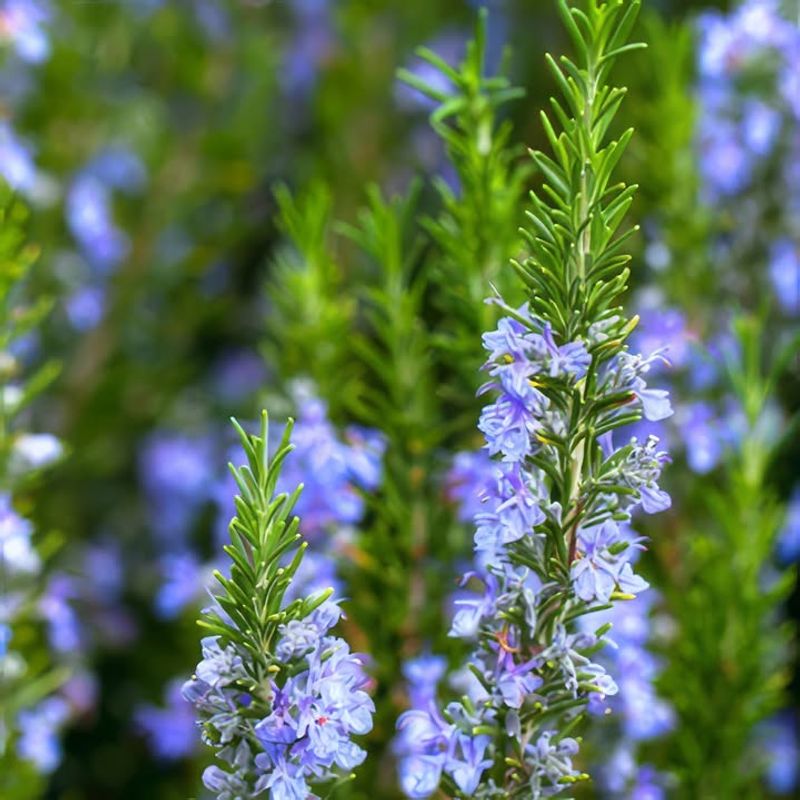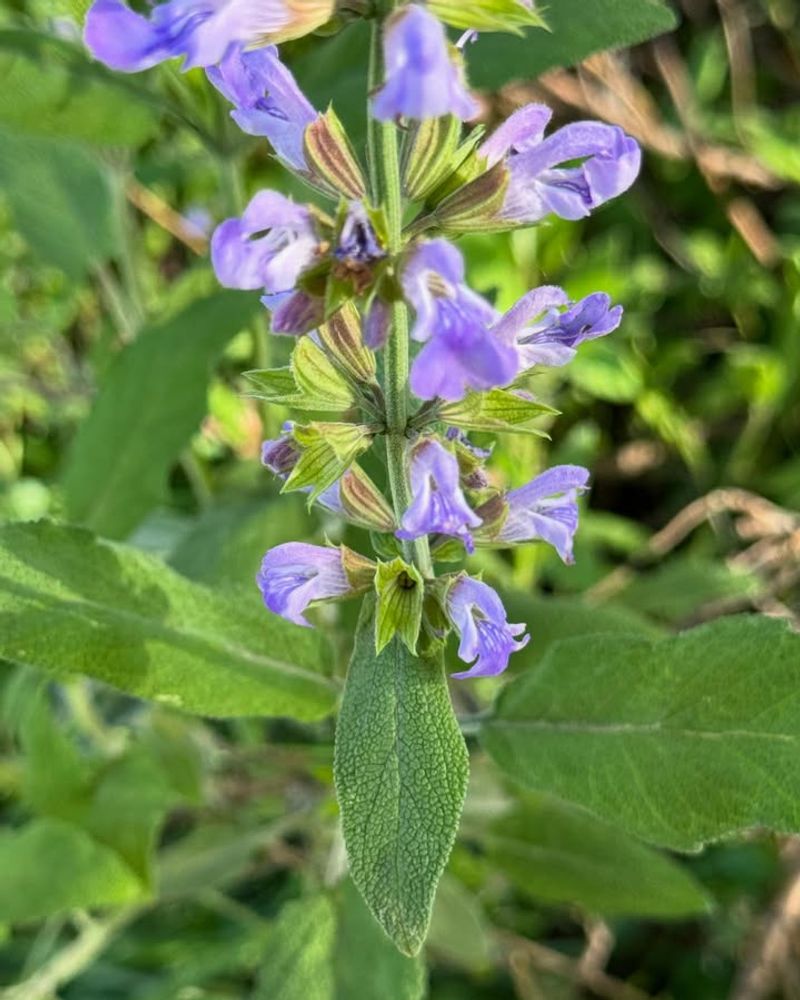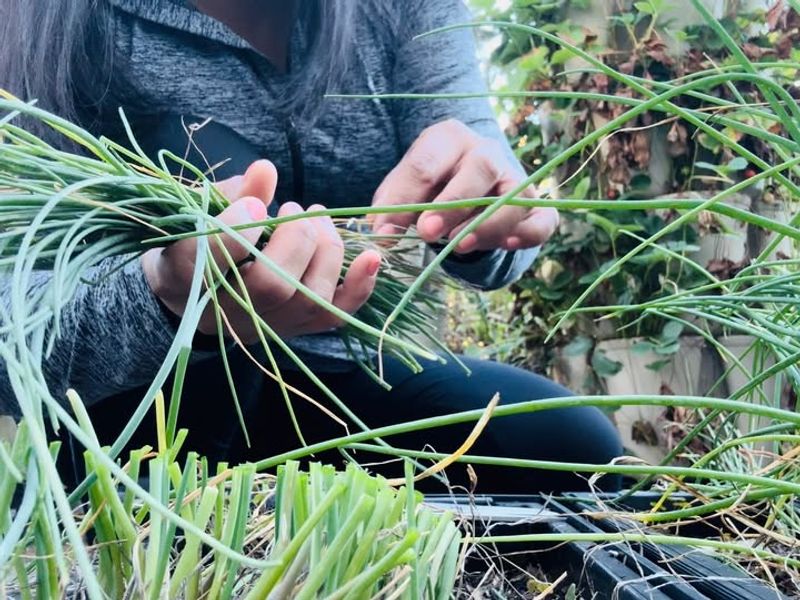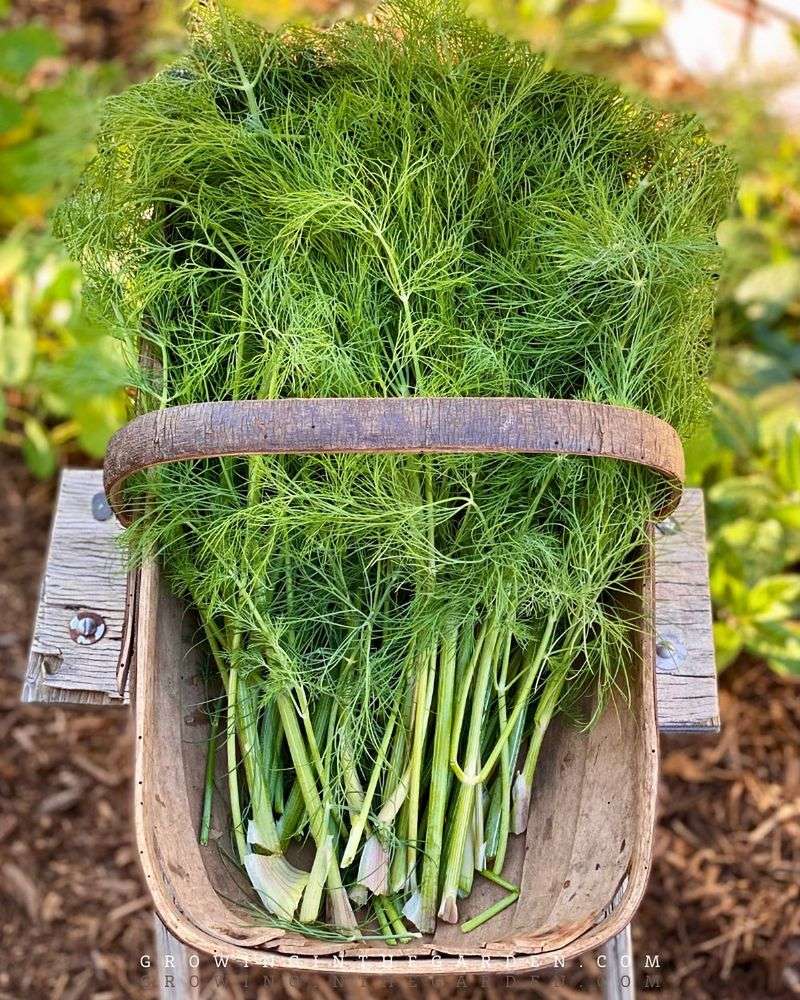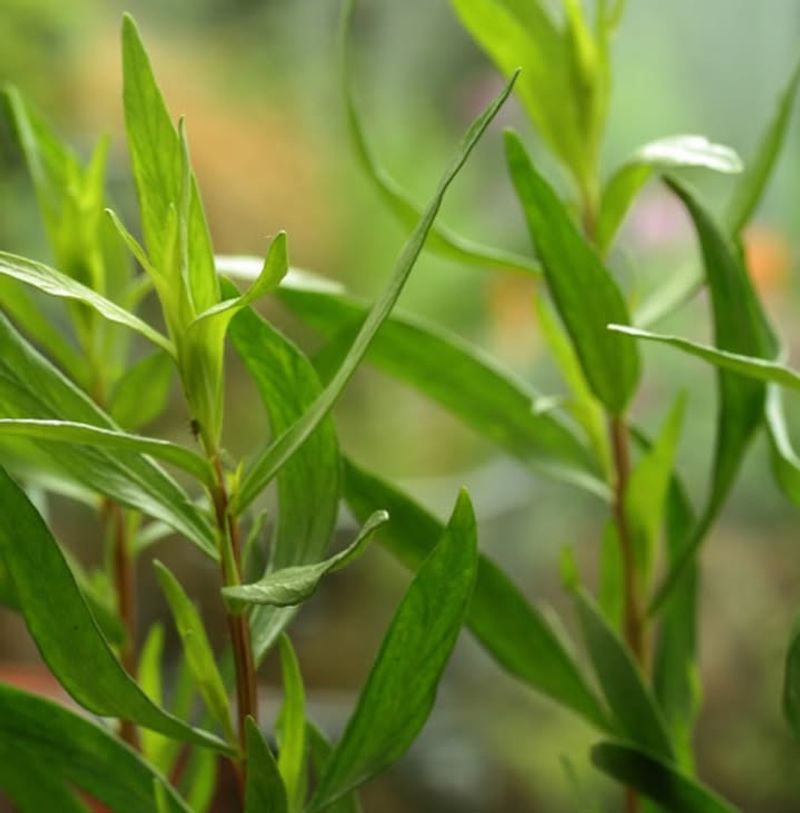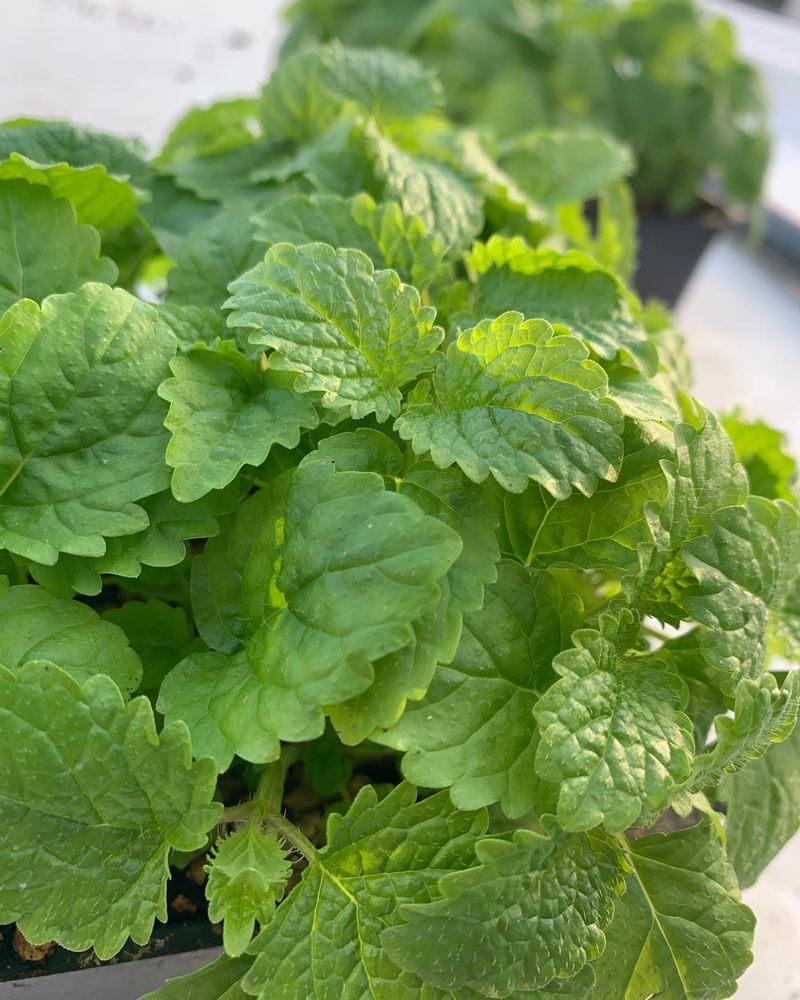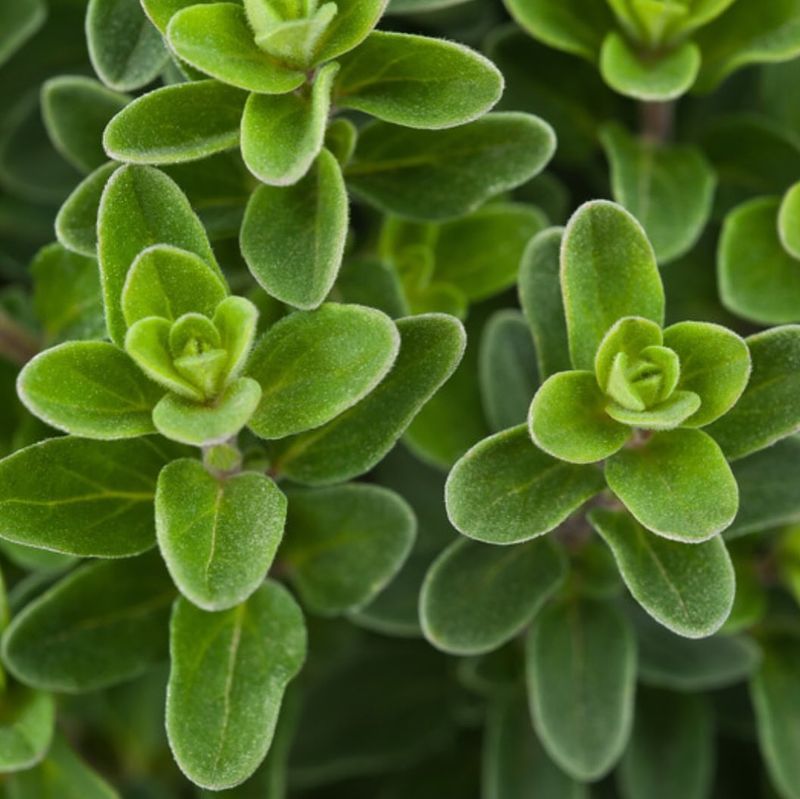Winter is coming to North Carolina, and that means your herb garden will soon slow down or go dormant. But you don’t have to say goodbye to fresh flavors just yet!
Freezing herbs is one of the easiest ways to preserve their taste and aroma for months ahead. Get ready to stock your freezer with garden goodness before the first frost hits.
1. Basil
Basil loves warm North Carolina weather, so grab it before temperatures drop below 50 degrees. The leaves turn black and mushy when exposed to cold, making late fall the perfect time to harvest.
Chop fresh leaves and pack them into ice cube trays with a little olive oil. Once frozen, pop the cubes into freezer bags. You’ll have instant flavor bombs ready for pasta sauces, soups, and pizzas all winter long without any fuss or complicated prep work.
2. Parsley
Both curly and flat-leaf varieties freeze beautifully and keep their bright green color. Parsley stays productive until hard frosts arrive in North Carolina, so you have plenty of time to collect bunches from your garden.
Wash the stems well and pat them dry with paper towels. Chop finely and spread on a baking sheet to freeze individually before transferring to containers. This prevents clumping, making it super easy to sprinkle the exact amount you need into any dish later on.
3. Cilantro
Love it or hate it, cilantro adds a unique zing to Mexican and Asian dishes. North Carolina gardeners should harvest before the first freeze threatens since cilantro is quite sensitive to cold snaps.
Blend whole leaves with water or lime juice, then pour into ice cube trays. Each cube becomes a convenient portion for salsas, guacamole, or stir-fries. The flavor stays surprisingly strong even after months in the freezer, giving your winter meals a fresh summer taste whenever you want it.
4. Mint
Mint grows like crazy during warm months and can take over entire garden beds if you let it. Freezing gives you a great excuse to cut it back before winter while preserving its cool, refreshing taste.
Strip leaves from stems and freeze them whole on trays, or chop and mix with a bit of water in ice cube form. Use frozen mint in hot chocolate, teas, smoothies, or desserts. The possibilities are endless, and your freezer stash will last until spring arrives again with new growth.
5. Oregano
Oregano packs a powerful punch in Italian and Mediterranean cooking. While it’s a hardy perennial in North Carolina, freezing ensures you have premium-quality leaves without waiting for plants to recover from winter dormancy.
Remove leaves from woody stems and freeze them whole in sealed bags, pressing out as much air as possible. Frozen oregano crumbles easily between your fingers when you need it for pizza, marinades, or roasted vegetables. The intense flavor holds up remarkably well compared to dried versions you buy at stores.
6. Thyme
Thyme may survive mild North Carolina winters, but harvesting and freezing guarantees you’ll have peak-flavor leaves when you need them most. The tiny leaves contain concentrated oils that make every dish taste more sophisticated and complex.
Lay whole sprigs on baking sheets to freeze, then transfer to freezer bags for easy storage. You can toss entire frozen sprigs into soups and stews, then fish them out before serving. The leaves fall off easily when frozen, making measuring simple and cleanup even simpler than dealing with fresh bunches.
7. Rosemary
With its pine-like fragrance and bold flavor, rosemary transforms ordinary chicken and potatoes into something special. Although rosemary is fairly cold-tolerant, freezing preserves the essential oils that give it that distinctive aroma and taste.
Cut sprigs about four to six inches long and freeze them in bags without chopping. The needles stay attached to stems, making them perfect for grilling or roasting. Just grab a frozen sprig, strip the leaves, and chop as needed. Your kitchen will smell amazing every single time you cook with it.
8. Sage
Sage brings earthy, slightly peppery notes to stuffing, sausage, and butter sauces. North Carolina winters can damage tender new growth, so harvesting mature leaves in fall ensures you capture the best flavor before cold weather strikes hard.
Freeze whole leaves on trays, then pack them carefully into containers so they don’t crumble too much. Frozen sage works wonderfully in cooked dishes but gets a bit limp for fresh applications. Try frying frozen leaves in butter for a crispy, aromatic topping that will impress everyone at your dinner table.
9. Chives
Chives add a mild onion flavor to baked potatoes, eggs, and creamy dips. They’re one of the first herbs to emerge in spring, but freezing fall harvests means you won’t have to wait months for that fresh taste to return to your meals.
Snip chives into small pieces with scissors and spread them on a tray to freeze individually before bagging. They lose some texture when thawed but maintain excellent flavor for cooked dishes. Sprinkle frozen chives directly into hot soups or omelets without bothering to defrost them first for instant flavor.
10. Dill
Dill’s feathery leaves bring brightness to fish dishes, pickles, and creamy sauces. This annual won’t survive North Carolina winters at all, so harvesting before frost is absolutely essential if you want to enjoy its unique flavor during colder months ahead.
Chop the fronds finely and pack them into small containers or ice cube trays with a little water or butter. Frozen dill maintains its distinctive taste remarkably well. Use it in salmon recipes, potato salad, or homemade ranch dressing to bring a touch of summer freshness to your winter cooking routine.
11. Tarragon
Tarragon has a sophisticated, slightly licorice-like flavor that French chefs adore. While some varieties are hardy, freezing ensures you preserve that delicate taste before winter weather potentially damages your plants or slows their growth completely.
Strip leaves from stems and freeze them in sealed bags, removing as much air as you can manage. Frozen tarragon works beautifully in chicken dishes, creamy sauces, and vinaigrettes. The flavor stays true and bright, giving your winter meals an elegant touch that tastes way fancier than the effort required to preserve it.
12. Lemon Balm
Lemon balm smells absolutely wonderful and tastes like a gentle cross between lemon and mint. This herb dies back completely in winter, so late fall is your last chance to harvest leaves before they disappear until spring returns to North Carolina gardens again.
Freeze whole leaves on trays or chop them into ice cubes with water for teas and lemonade. The citrusy flavor brightens desserts, fish dishes, and fruit salads. Having frozen lemon balm on hand means you can brew soothing herbal tea anytime you want a calming, fragrant drink without any caffeine.
13. Marjoram
Often called oregano’s sweeter cousin, marjoram adds a milder, more delicate flavor to Mediterranean dishes. While it might survive mild winters, North Carolina’s unpredictable cold snaps can kill it quickly, making fall harvest and freezing a smart insurance policy for your kitchen.
Remove leaves from stems and freeze them in airtight bags or containers with all the air pressed out. Marjoram complements tomato-based sauces, grilled meats, and vegetable soups without overpowering other ingredients. Your frozen stash keeps its lovely flavor for months, ready whenever inspiration strikes your cooking plans.

